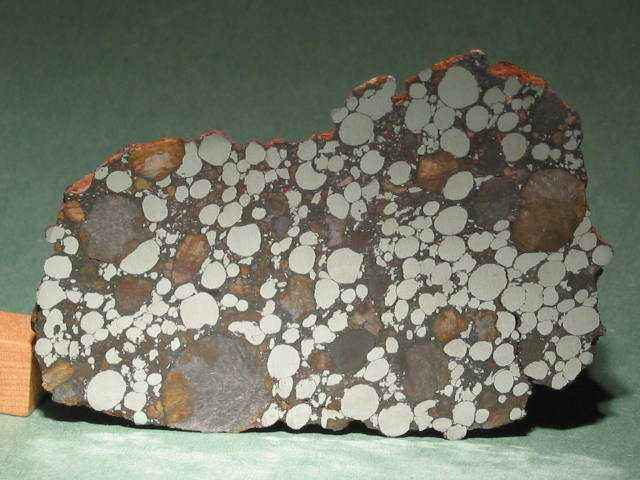Life emerged so swiftly, in fact, that some authorities think it must have had help—perhaps a good deal of help. The idea that earthly life might have arrived from space has a surprisingly long and even occasionally distinguished history. The great Lord Kelvin himself raised the possibility as long ago as 1871 at a meeting of the British Association for the Advancement of Science when he suggested that "the germs of life might have been brought to the earth by some meteorite." But it remained little more than a fringe notion until one Sunday in September 1969 when tens of thousands of Australians were startled by a series of sonic booms and the sight of a fireball streaking from east to west across the sky. The fireball made a strange crackling sound as it passed and left behind a smell that some likened to methylated spirits and others described as just awful.

The fireball exploded above Murchison, a town of six hundred people in the Goulburn Valley north of Melbourne, and came raining down in chunks, some weighing up to twelve pounds. Fortunately, no one was hurt. The meteorite was of a rare type known as a carbonaceous chondrite, and the townspeople helpfully collected and brought in some two hundred pounds of it. The timing could hardly have been better. Less than two months earlier, the Apollo 11 astronauts had returned to Earth with a bag full of lunar rocks, so labs throughout the world were geared up—indeed clamoring—for rocks of extraterrestrial origin.












